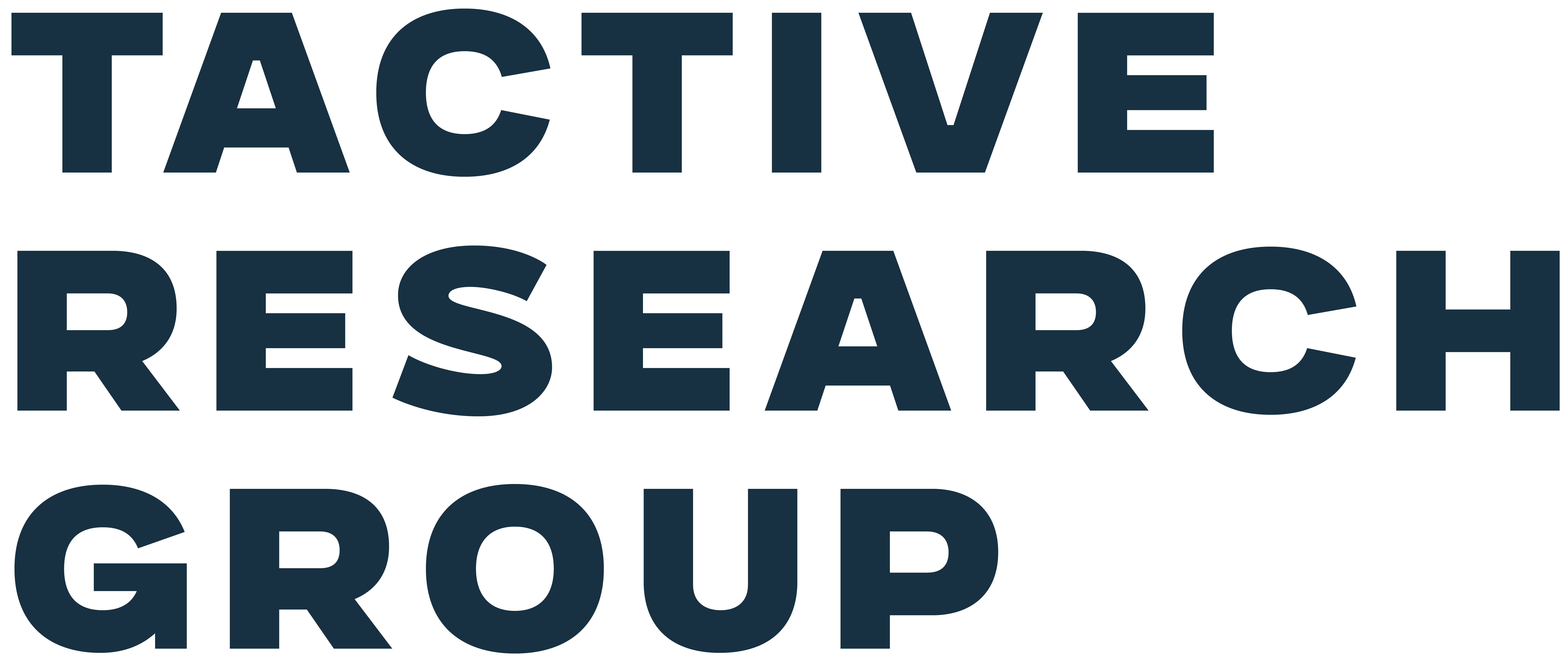AI may be the future, but don’t let it feed off your content buffet without a reservation. CIOs should immediately audit and block unauthorized AI web crawlers to regain control over their digital IP. This isn’t about stalling innovation, it’s about steering it in your favor.
Why You Should Care
- Your content is training someone else’s AI (for free). Leading AI models like Meta’s Llama 3.1 and Alibaba Cloud’s Qwen2.5 are built on trillions of tokens, much of which comes from scraped online data, including yours. If you’re not actively blocking these bots, you’re handing over proprietary content that can be repackaged and monetized elsewhere.
- Competitive advantage loss. When your data is exploited, it can erode your competitive edge because the AI models trained on it may outperform or replicate your products and services.
- Simple fixes can shield complex risks. Blocking bots doesn’t require rewriting your tech stack. Whether it's leveraging robots.txt, using a CSP’s built-in AI-crawler blockers, or server-level rules, there are multiple low-friction solutions that can be deployed today.
What You Should Do Next
- Block web crawlers using curated user agent lists via robots.txt or server configurations.
- Leverage your CSP’s bot mitigation tools. Many, like Cloudflare and Vercel, offer solutions to accomplish this.
- Audit your paywall to ensure bots can’t bypass it with simple scripts.
Get Started
- Set up or update your robots.txt file periodically. Trusted, community-maintained lists are available for AI crawler user agents. Use these for a fast, first-layer defence.
- Activate AI bot blockers. Look for this feature from your cloud provider and monitor suspicious traffic.
- Patch up your paywalls. Replace overlay-style paywalls with gated loading logic that doesn’t expose content until verification.
- Test and tune. Use spoofed user agents to ensure your defenses are working without blocking legitimate traffic.

